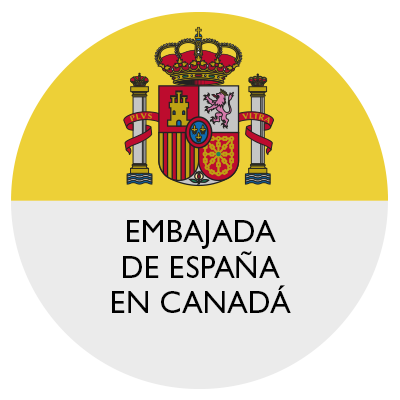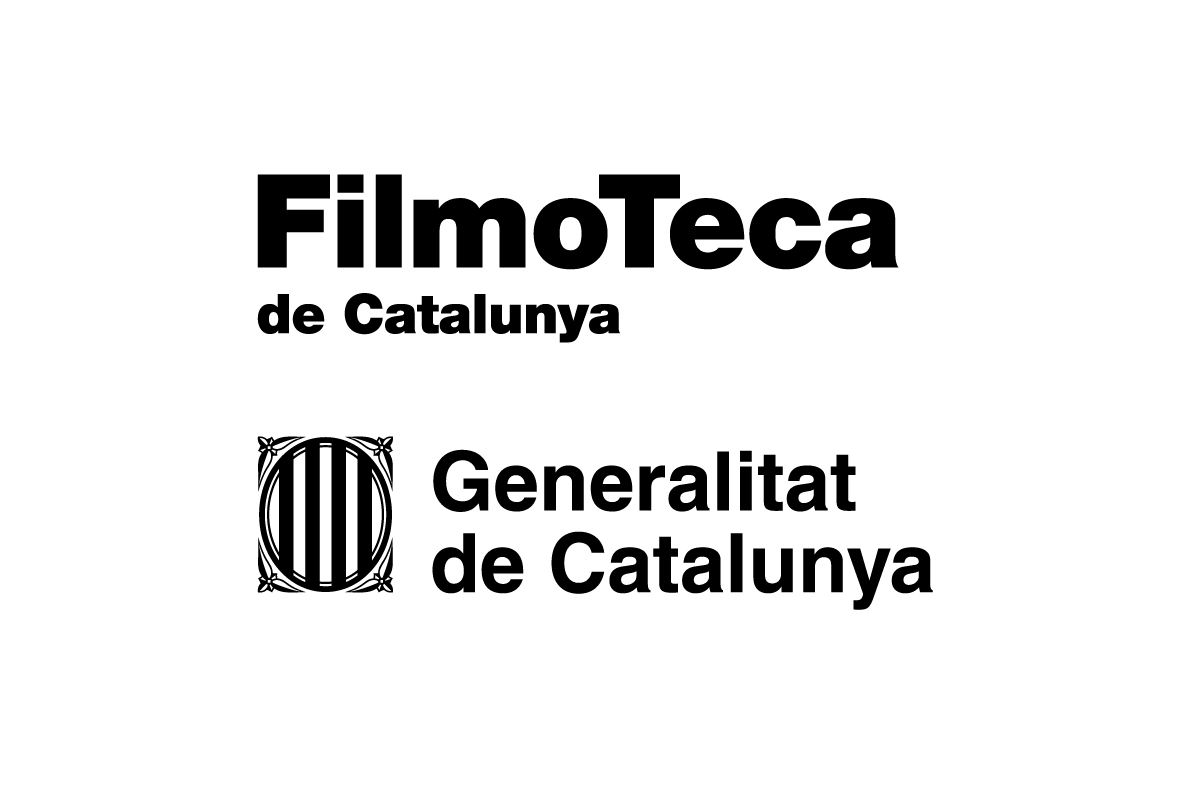Front page of La Corrrespondencia, 30 June 1932
Creator: Vidal, Luis
Source:
Hemeroteca Digital BNE
http://bdh-rd.bne.es/viewer.vm?id=0000072942&page=1
Date Created: 1932-06-30
Extent: 1 item
40.4167, -3.70358
In contrast to the cry of “Long live the Republic!” that filled the streets and institutions as a symbol of the new era, those who saw the Republic’s reforms as a threat turned “Long live Spain!” into a provocative, subversive response. This was expressed without reservation on the front page of La Correspondencia – shown here - a newspaper that launched on 29 March 1932, as a replacement for La Correspondencia Militar, which had been shut down three days earlier under the law banning politically-oriented military periodicals. “We are the same people with the same ideas,” it declared in its first issue. And so it was. Until its final closure just four months later, it maintained the same structure, staff, and editorial line as its predecessor. And the same director: Emilio Rodríguez Tarduchy, a lieutenant colonel of infantry who had retired following Manuel Azaña’s military reforms, a declared monarchist, and one of the founders of the Falange Española.
Tarduchy also acted as a liaison between the Carlists and the military officers conspiring against the Second Republic and was one of the founders of the clandestine organization Spanish Military Union (UME). The failure of the August 1932 coup served as a learning experience for the officers disaffected with the Republic. Future conspiracies needed to avoid repeating the causes of that failure: the outdated concept of a military uprising and the lack of civilian and military support. Any plot that aimed to seize power required a well-planned military operation, the backing of a majority of active-duty officers, and sufficient funding.
To this end, the monarchist officer Jorge Vigón began raising funds among landowners, who were already sufficiently alarmed by the agrarian reform. He also raised money among fellow military men, who, whether out of camaraderie or guilt for not having joined the coup out of caution, set up a financial support network for those who had been convicted. His efforts were so successful that the prisoners received the equivalent of their lost salaries.
This network of support served as the first point of contact between extremist officers dissatisfied with the reforms and the perceived Republican threats, and it was the seed of the UME, which was key to ensuring that the coup of July 18 did not repeat the same mistakes.
The UME took charge of creating the critical mass in the barracks necessary for a successful conspiracy, establishing a growing network to prepare the coup. During the spring of 1936, its activity focused on agitation through incendiary manifestos and patriotic rhetoric. With the consolidation of General Emilio Mola's leadership, the military members of this group disappeared from the front line of decision-making, but they continued to be part of the regional committees and remained on standby for orders, while helping to keep tensions high.
PMC







